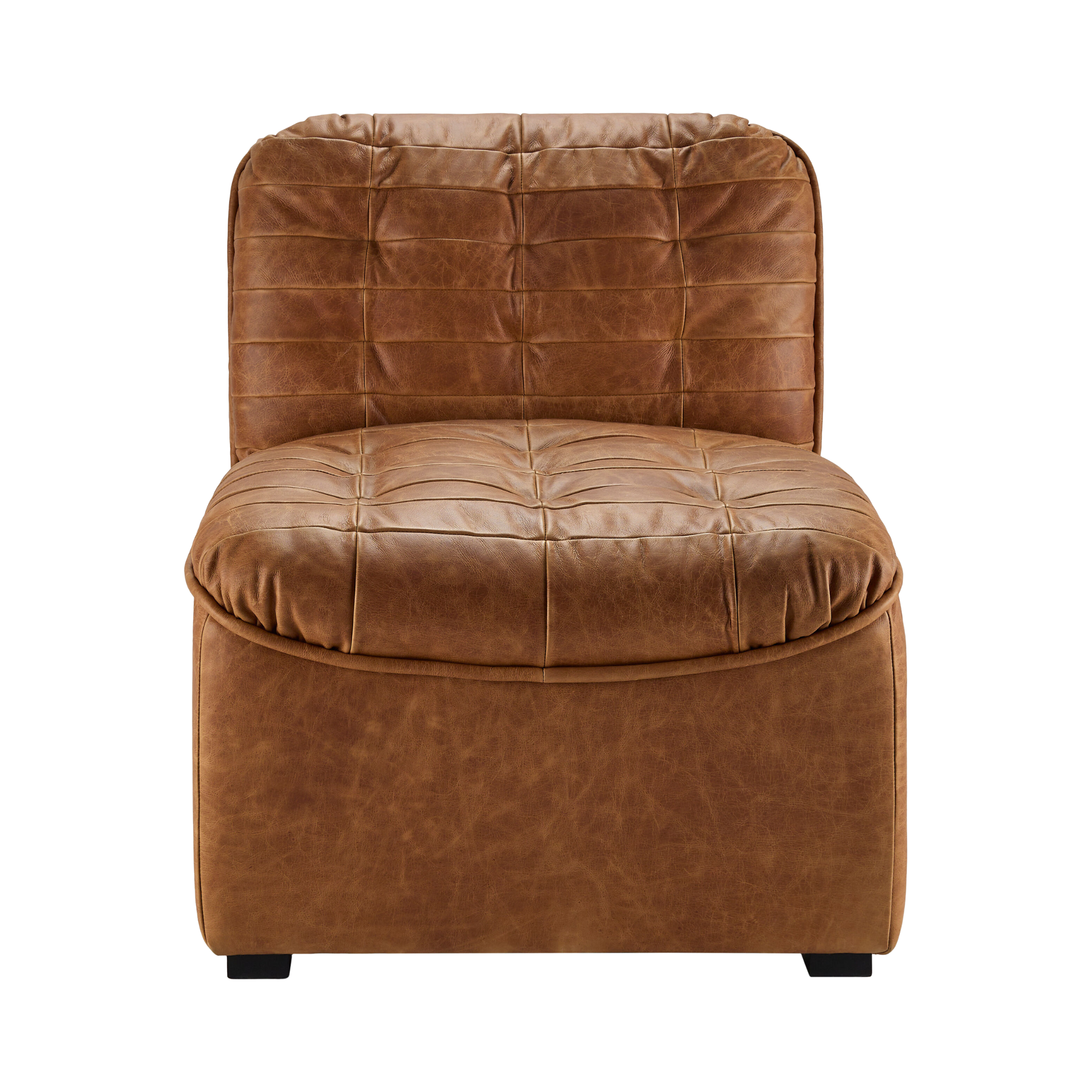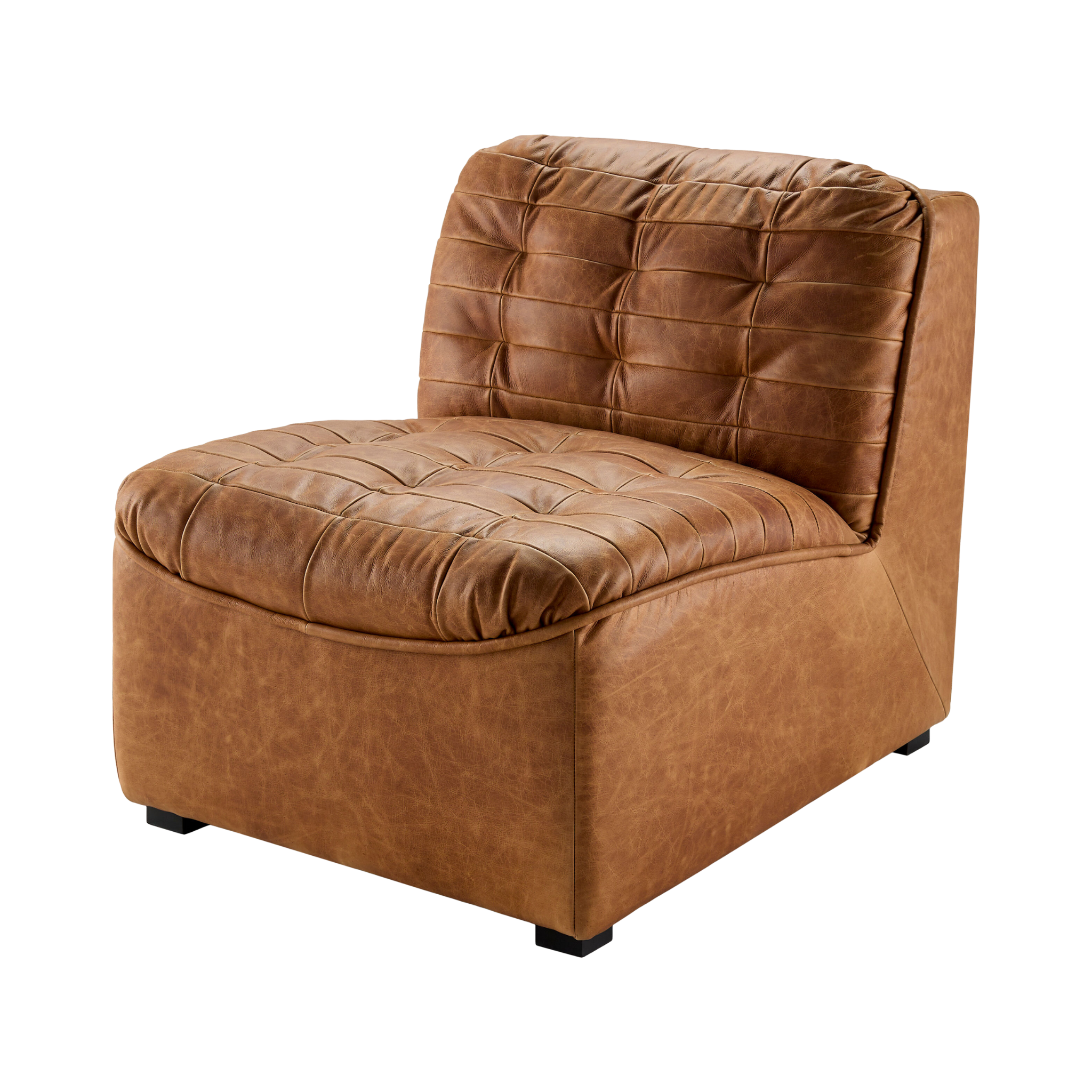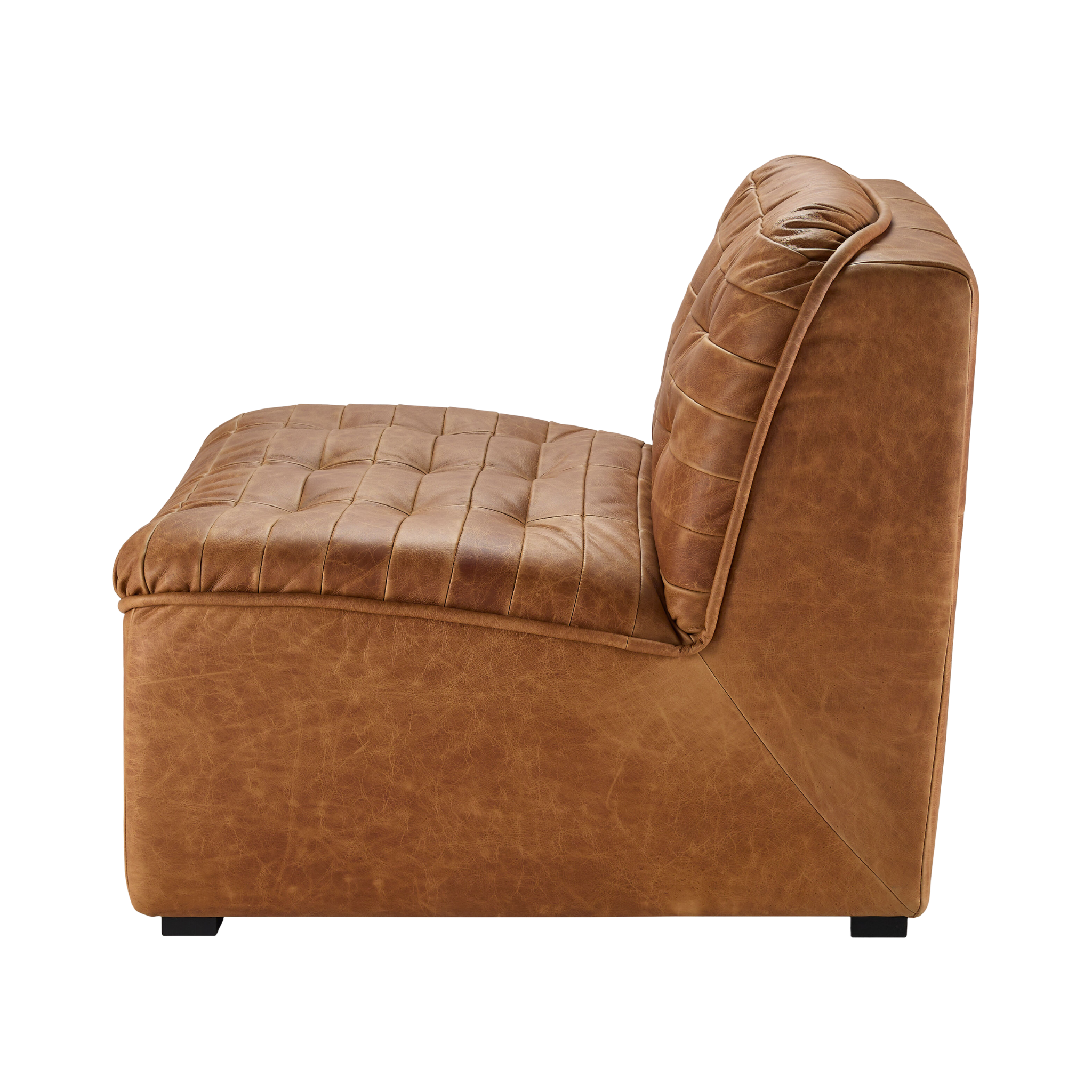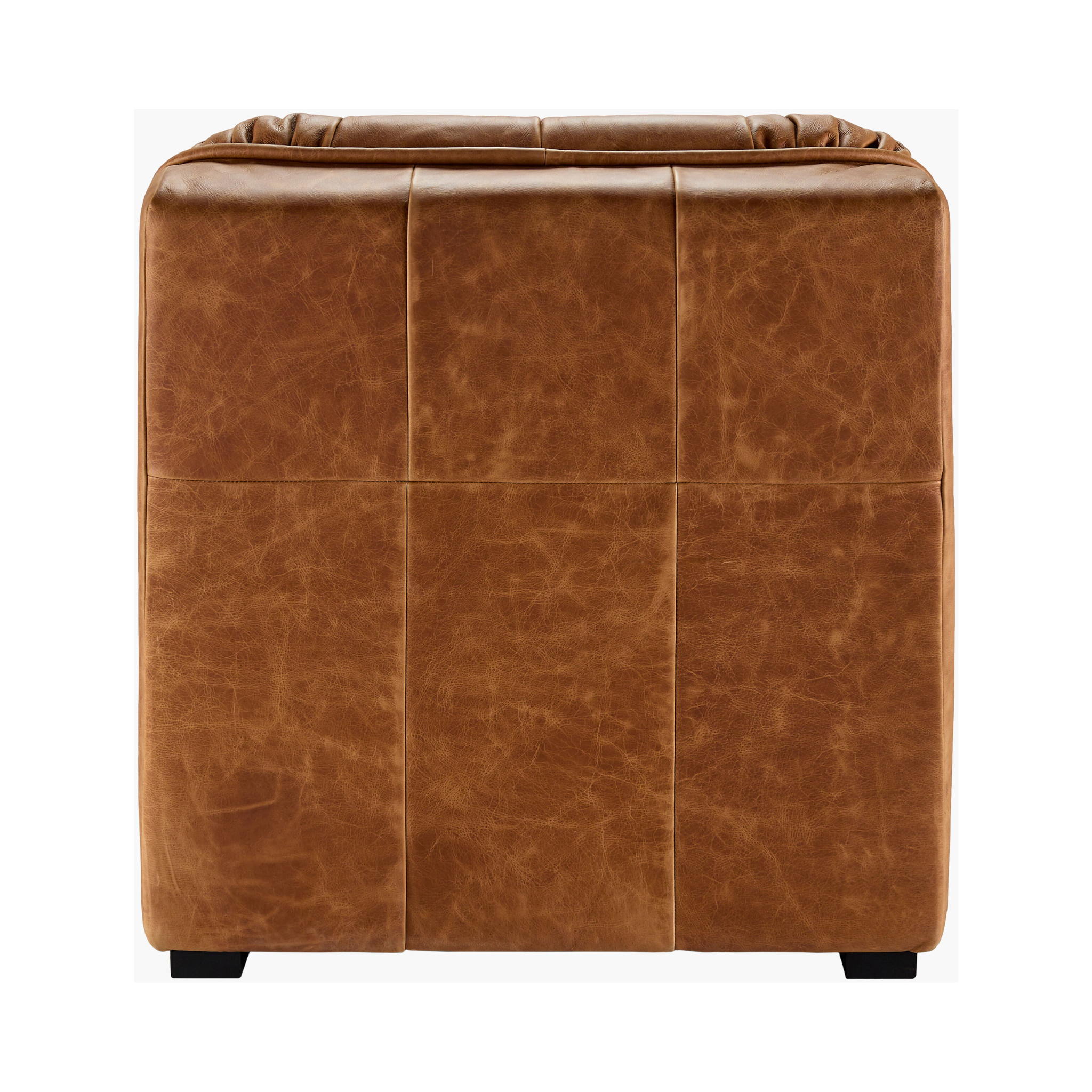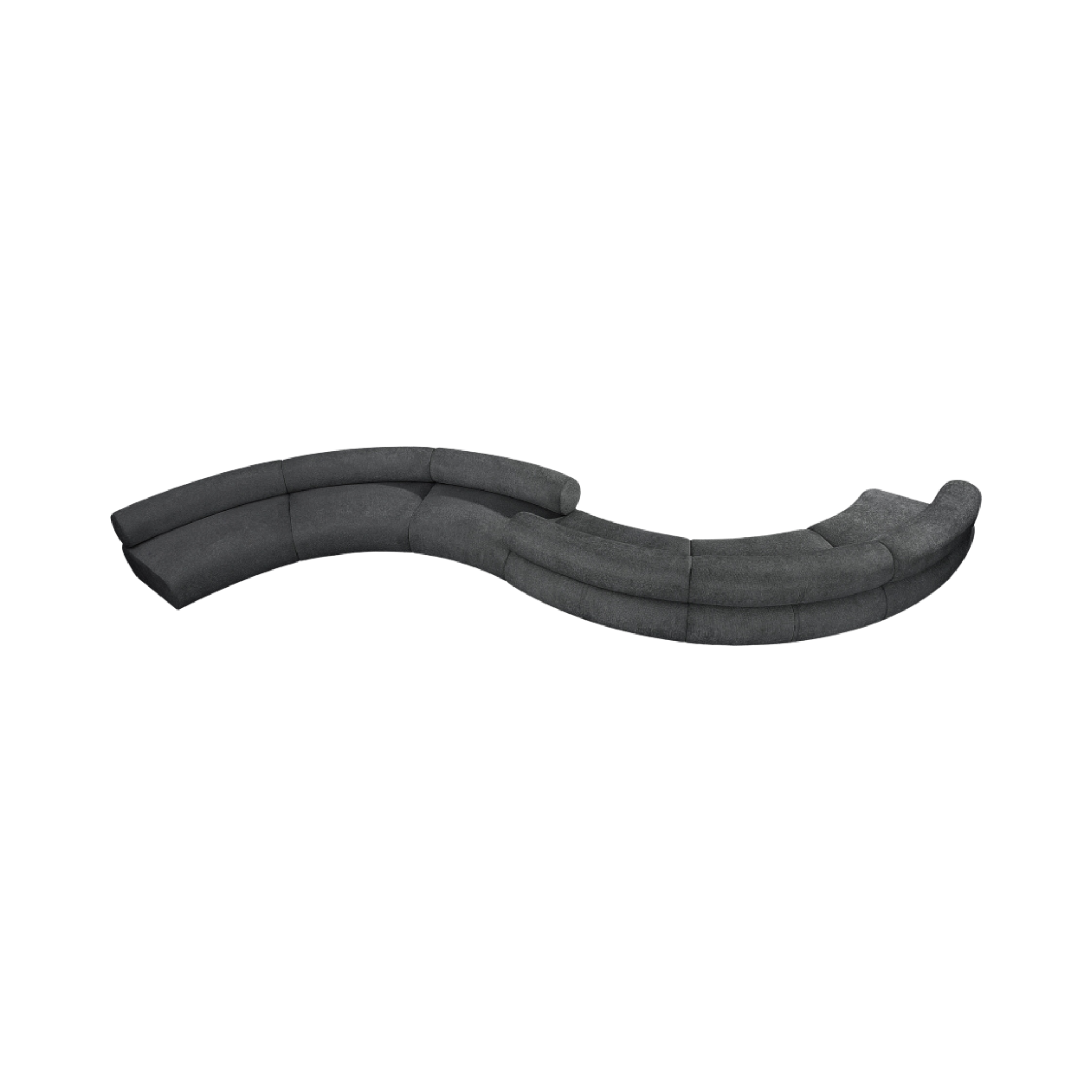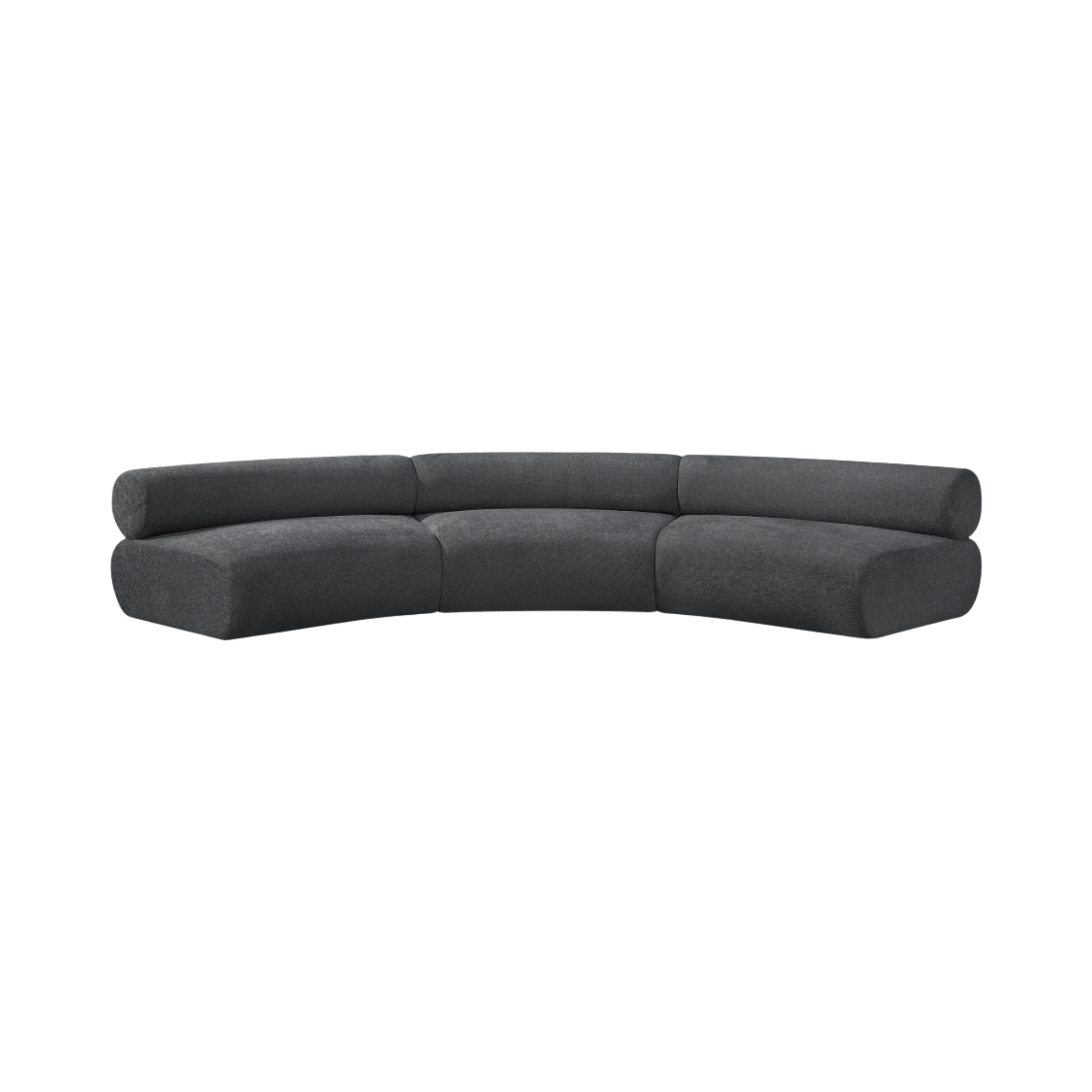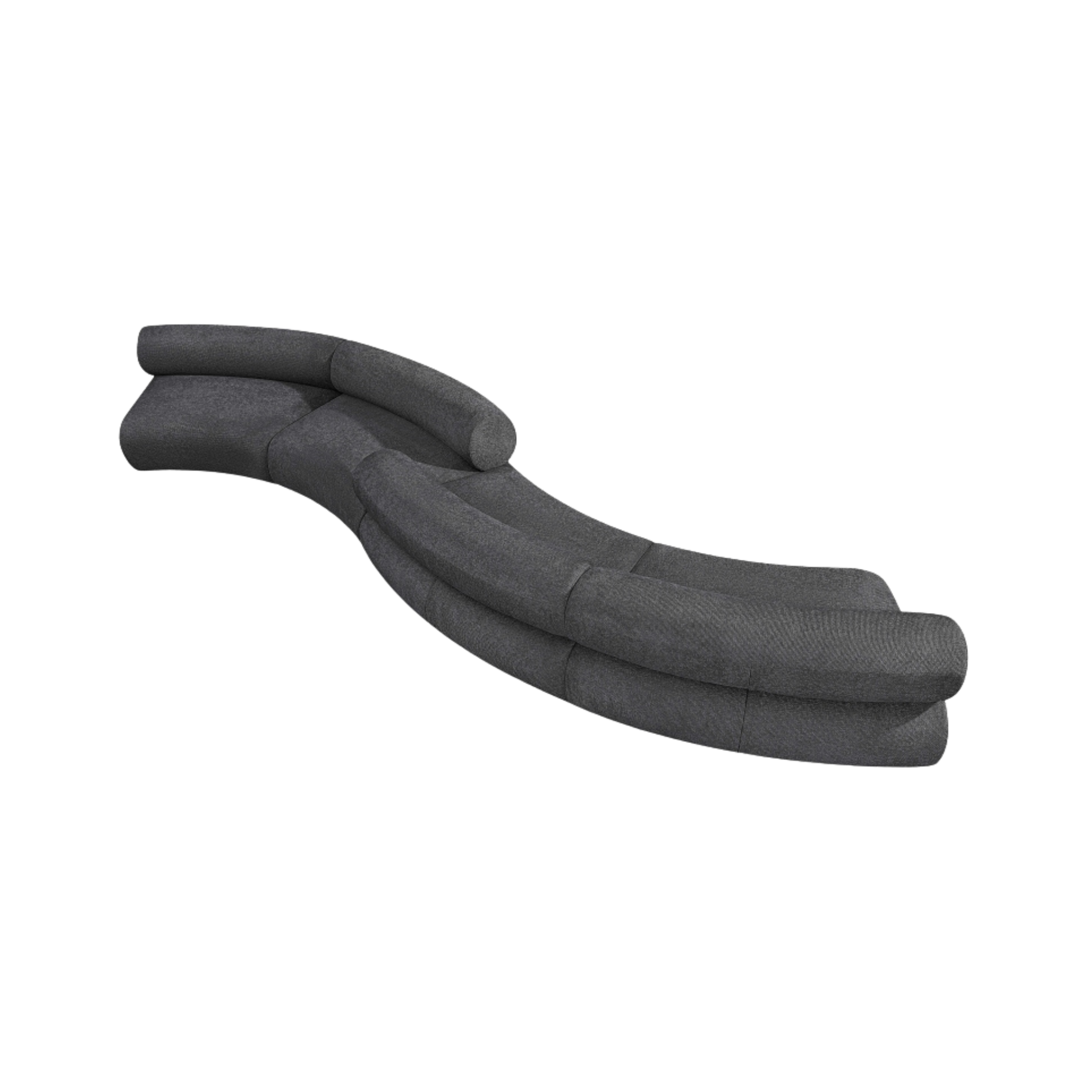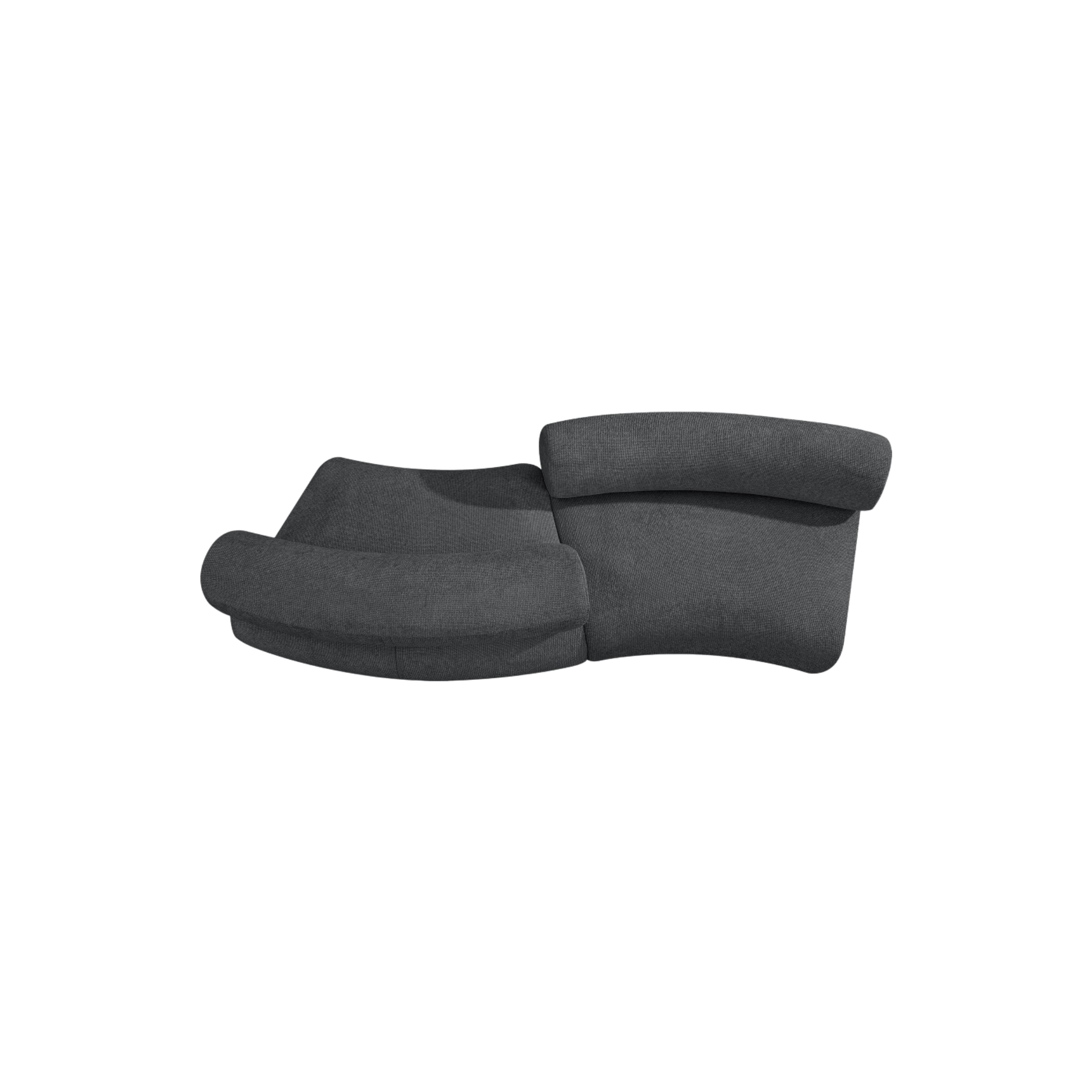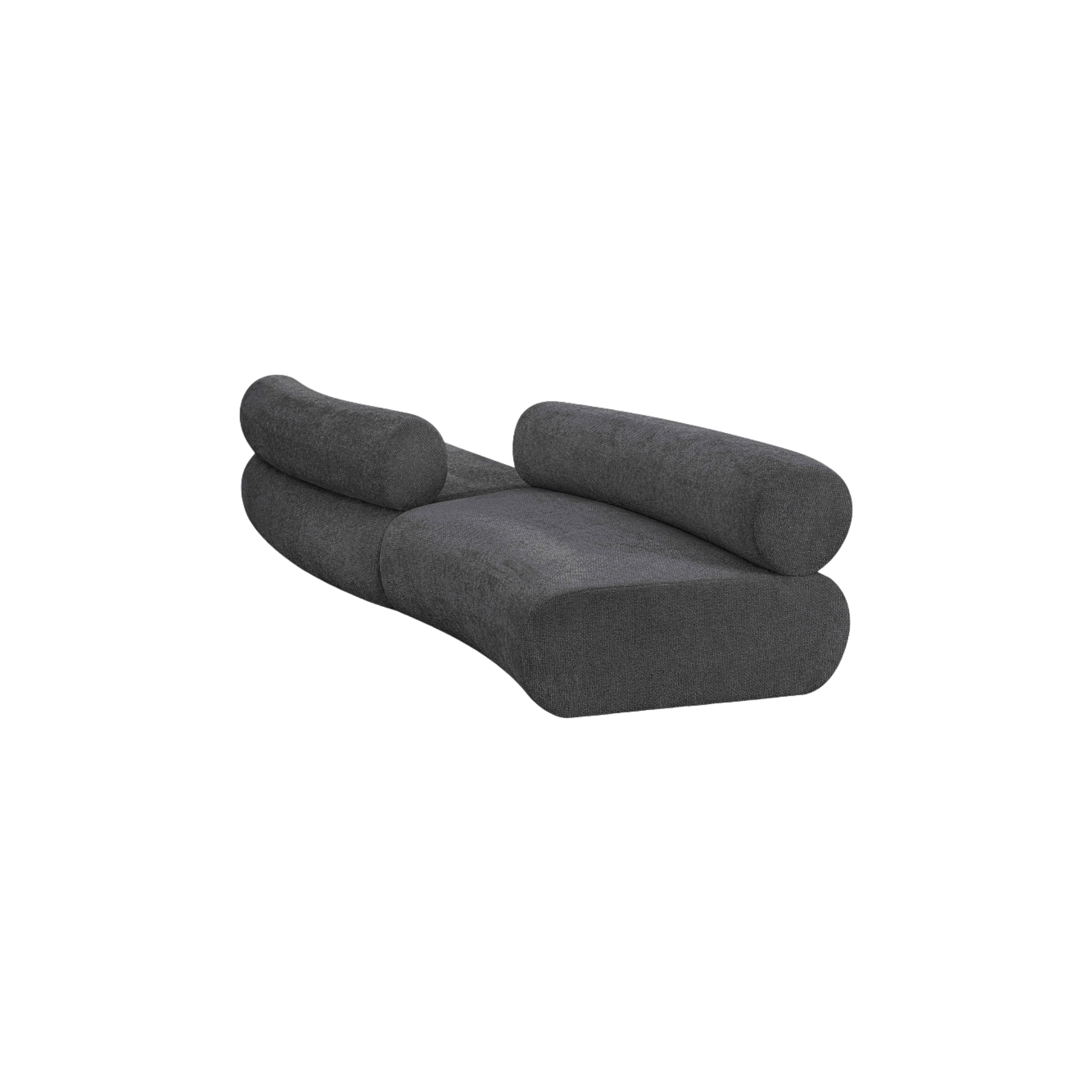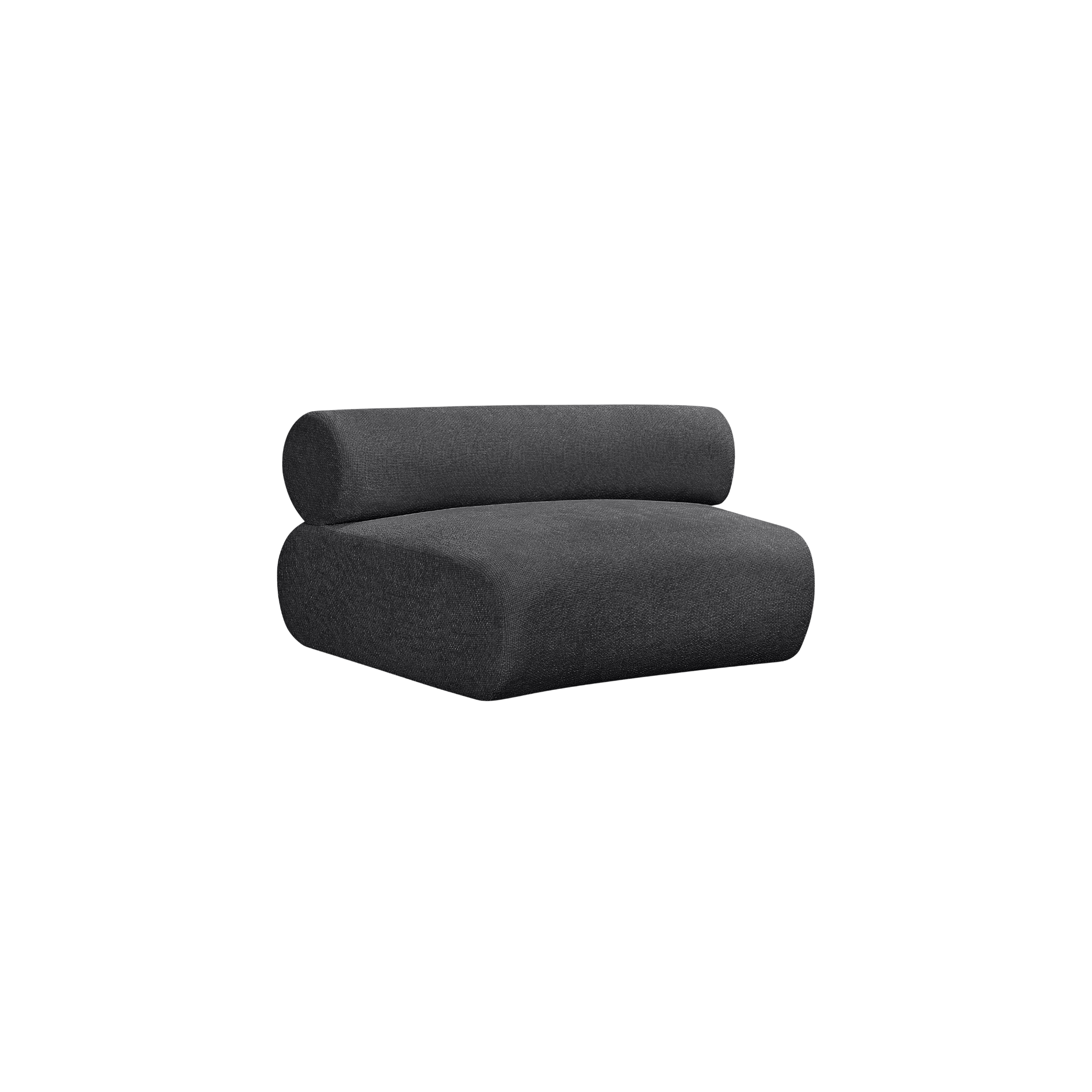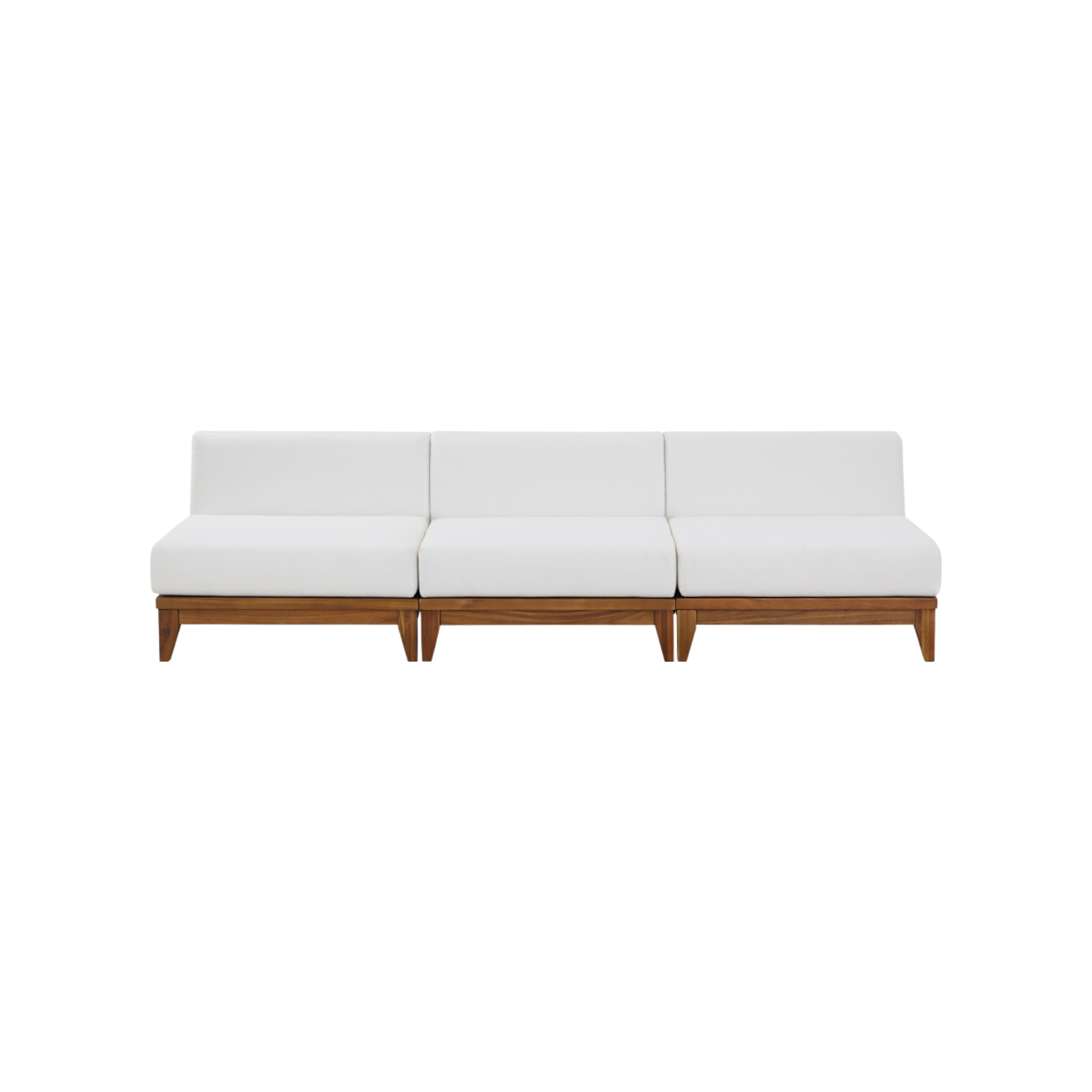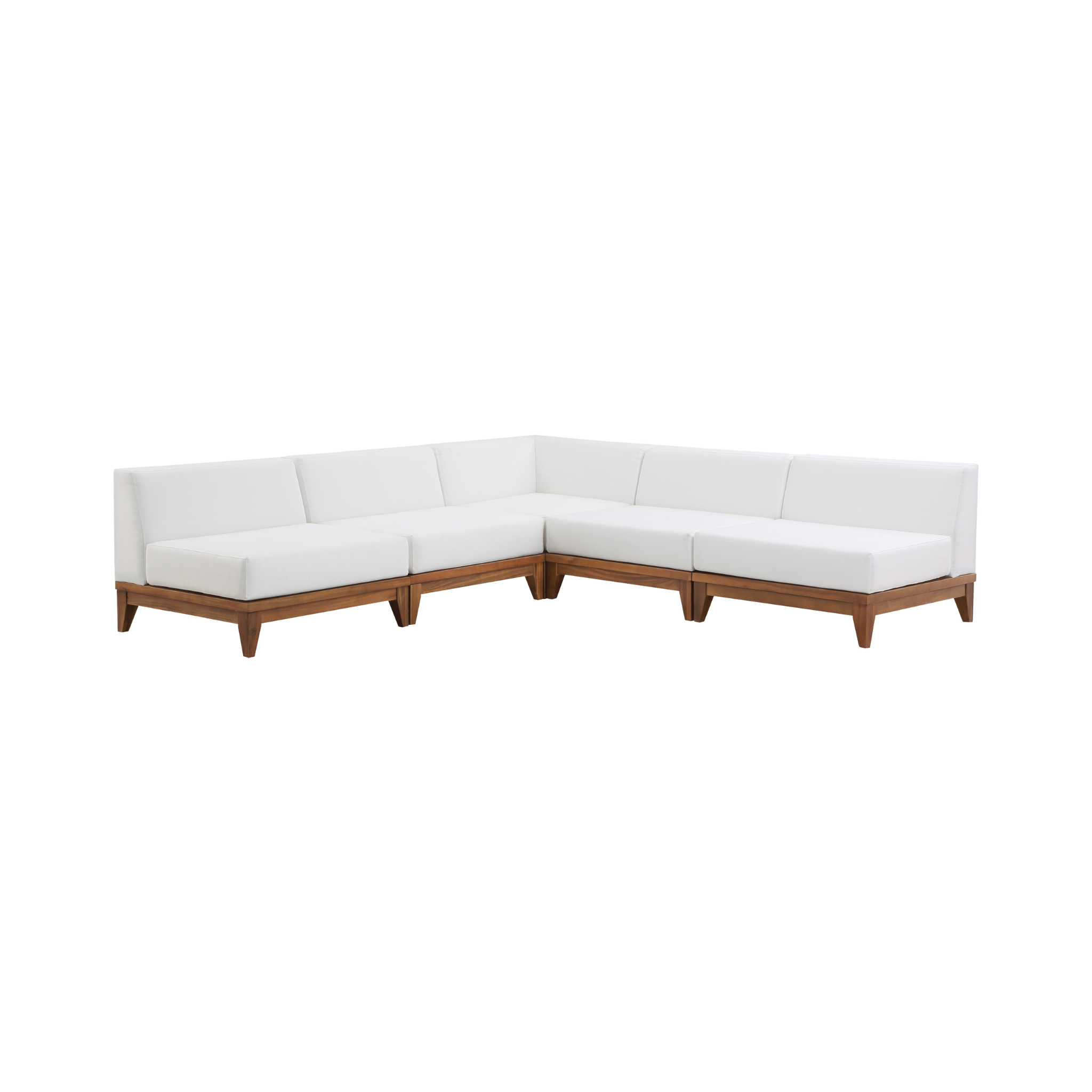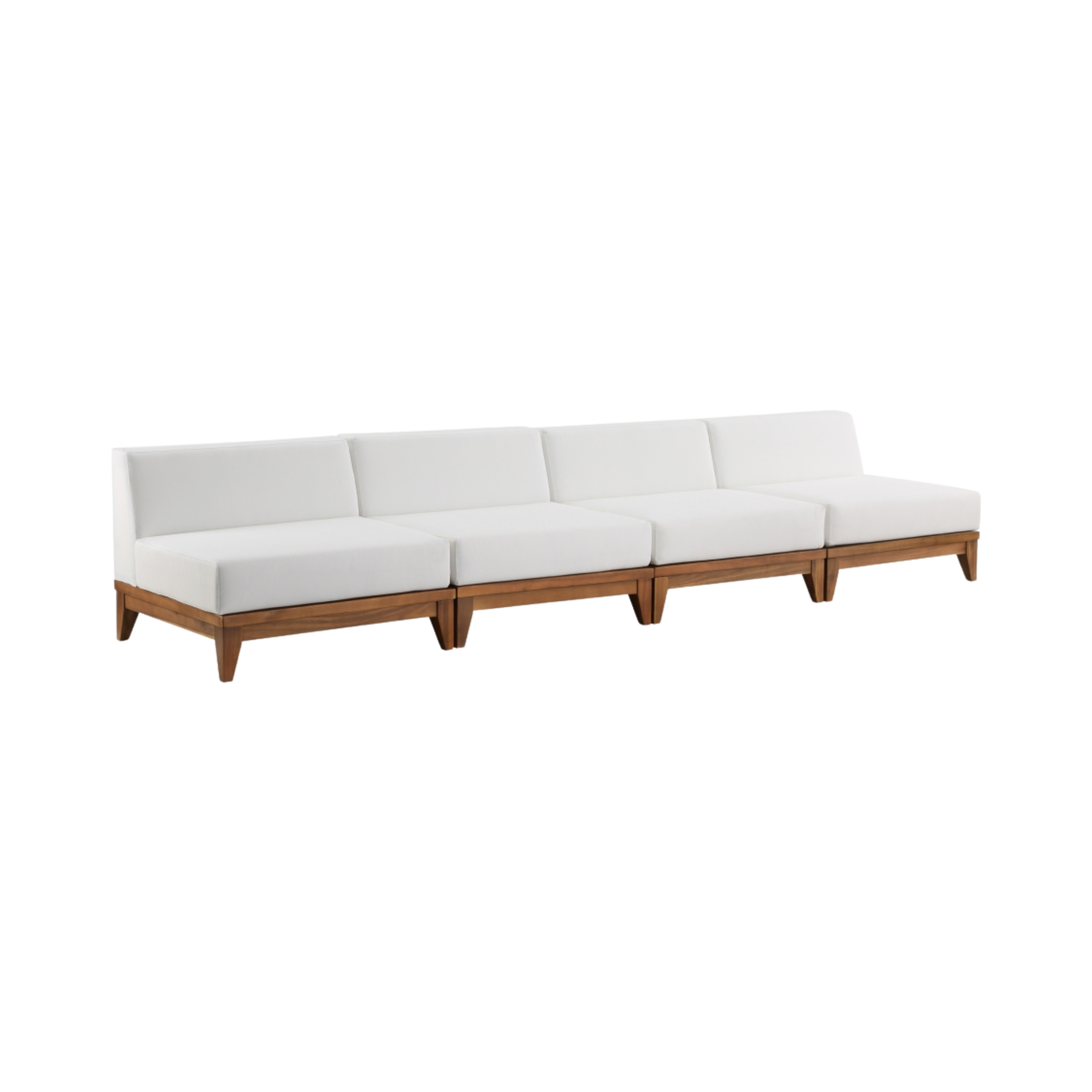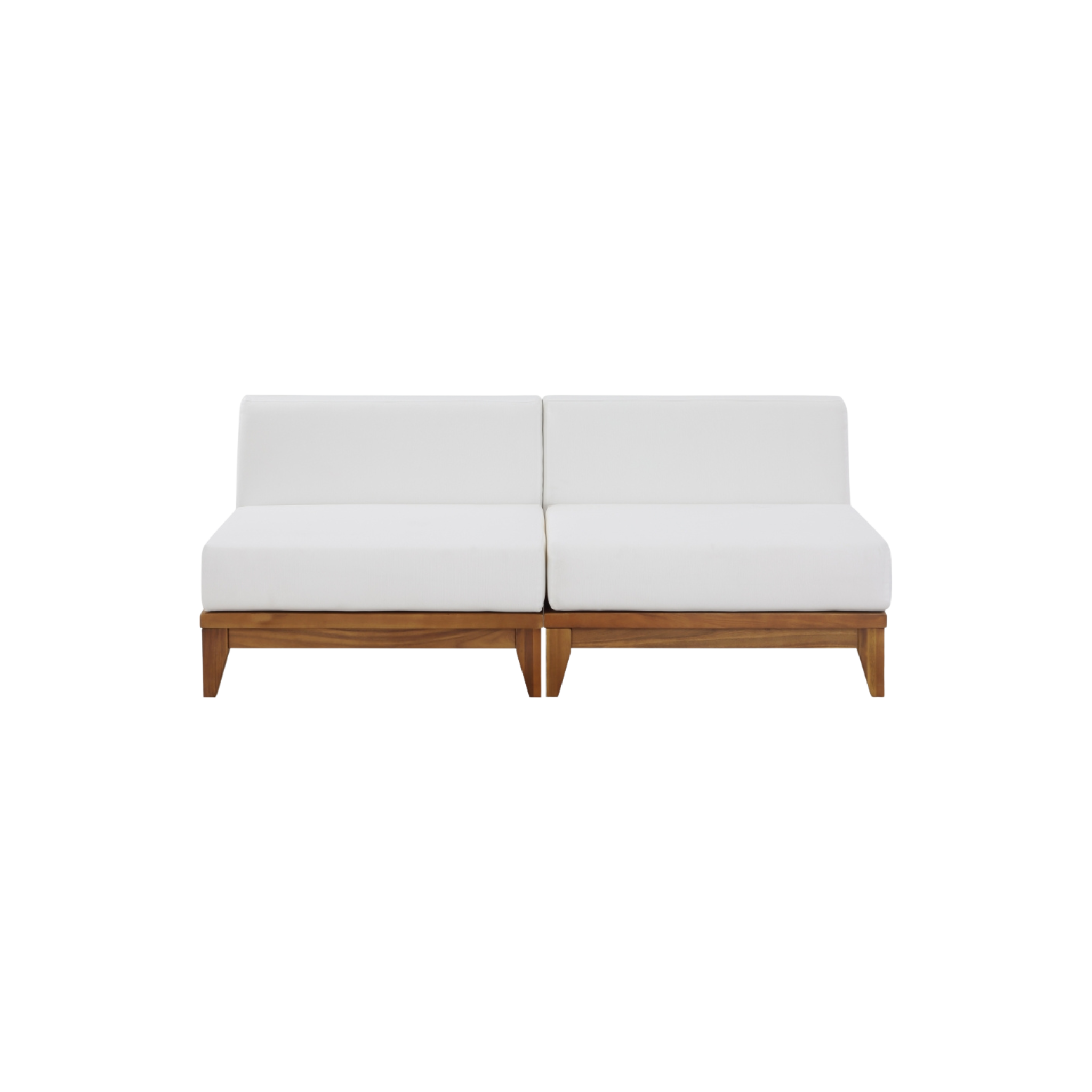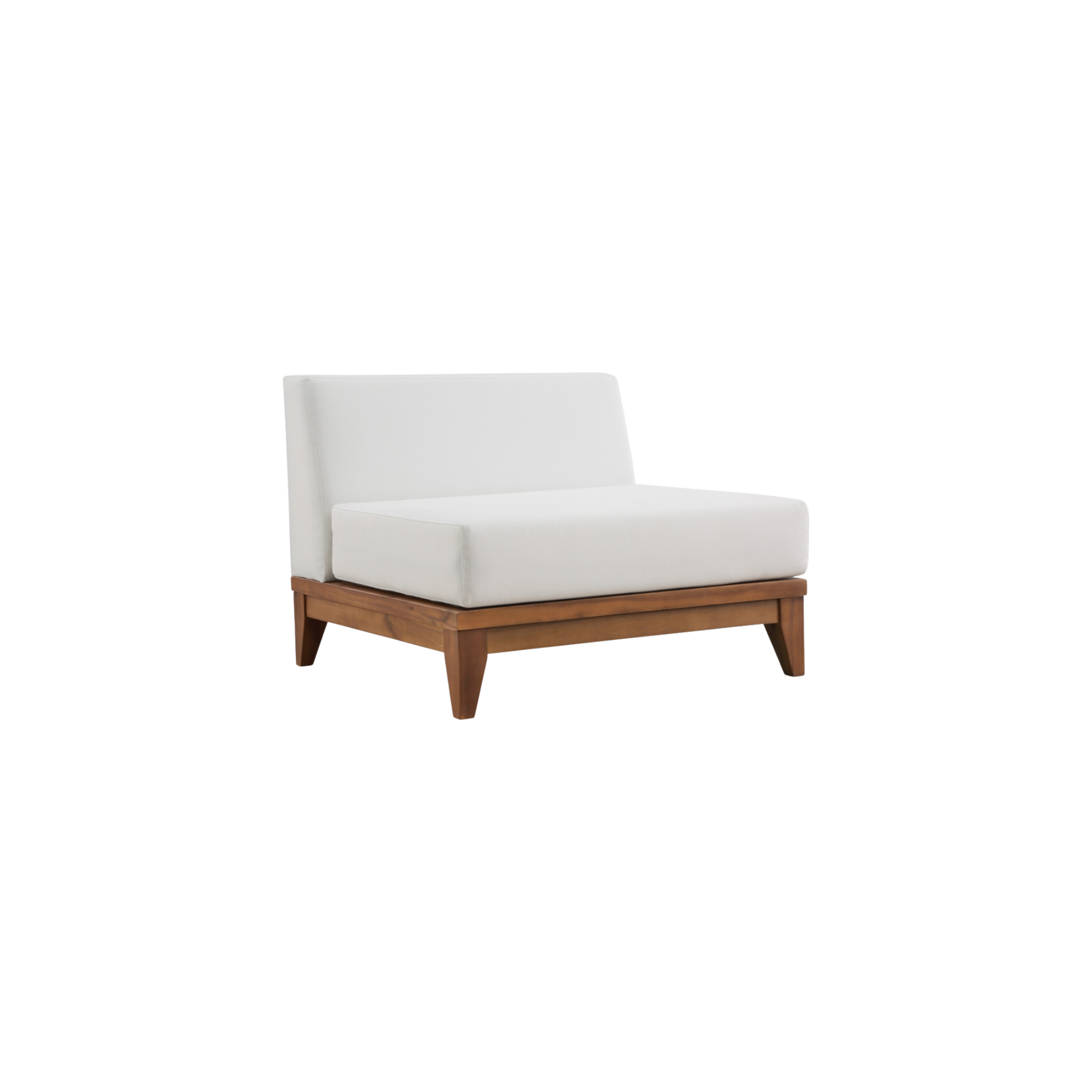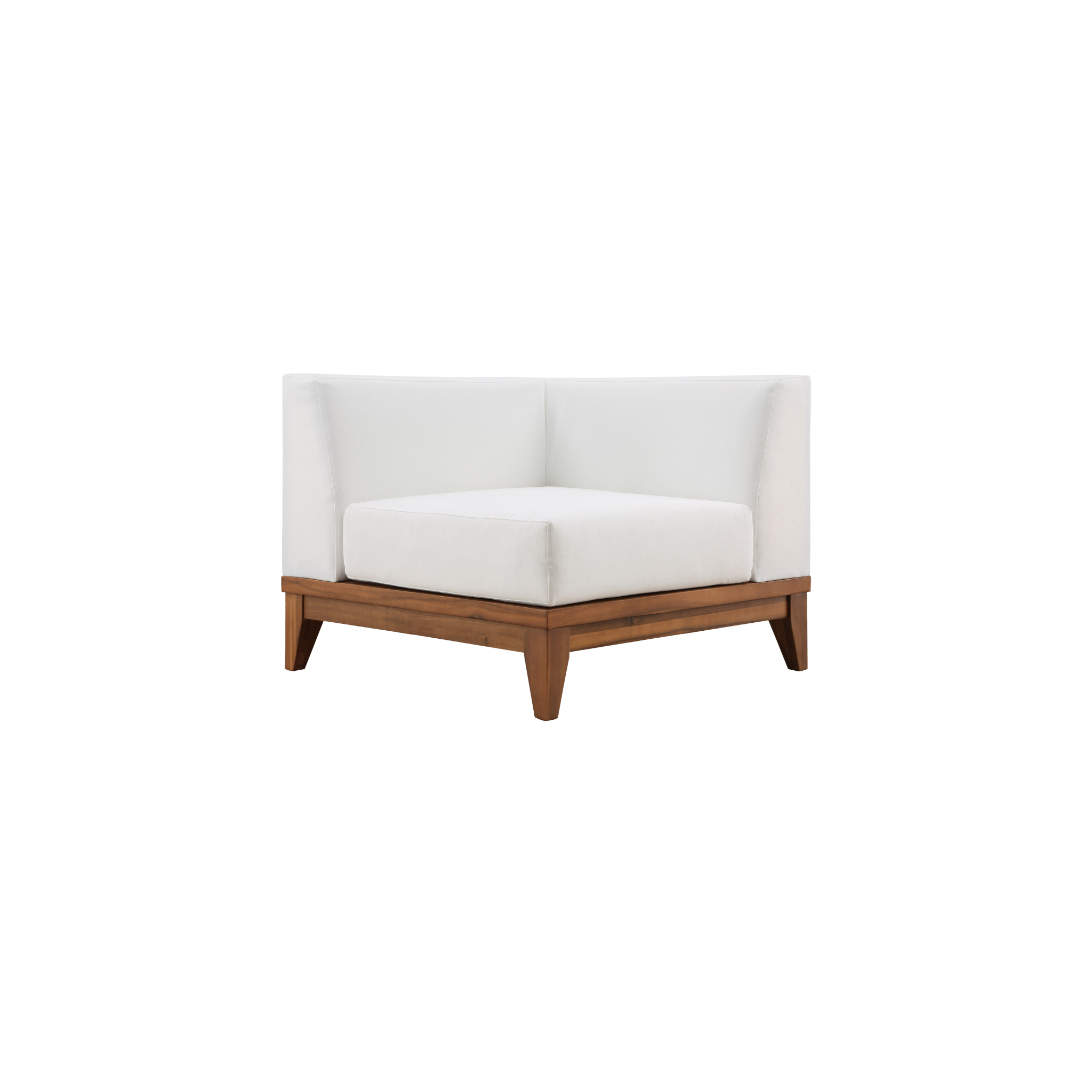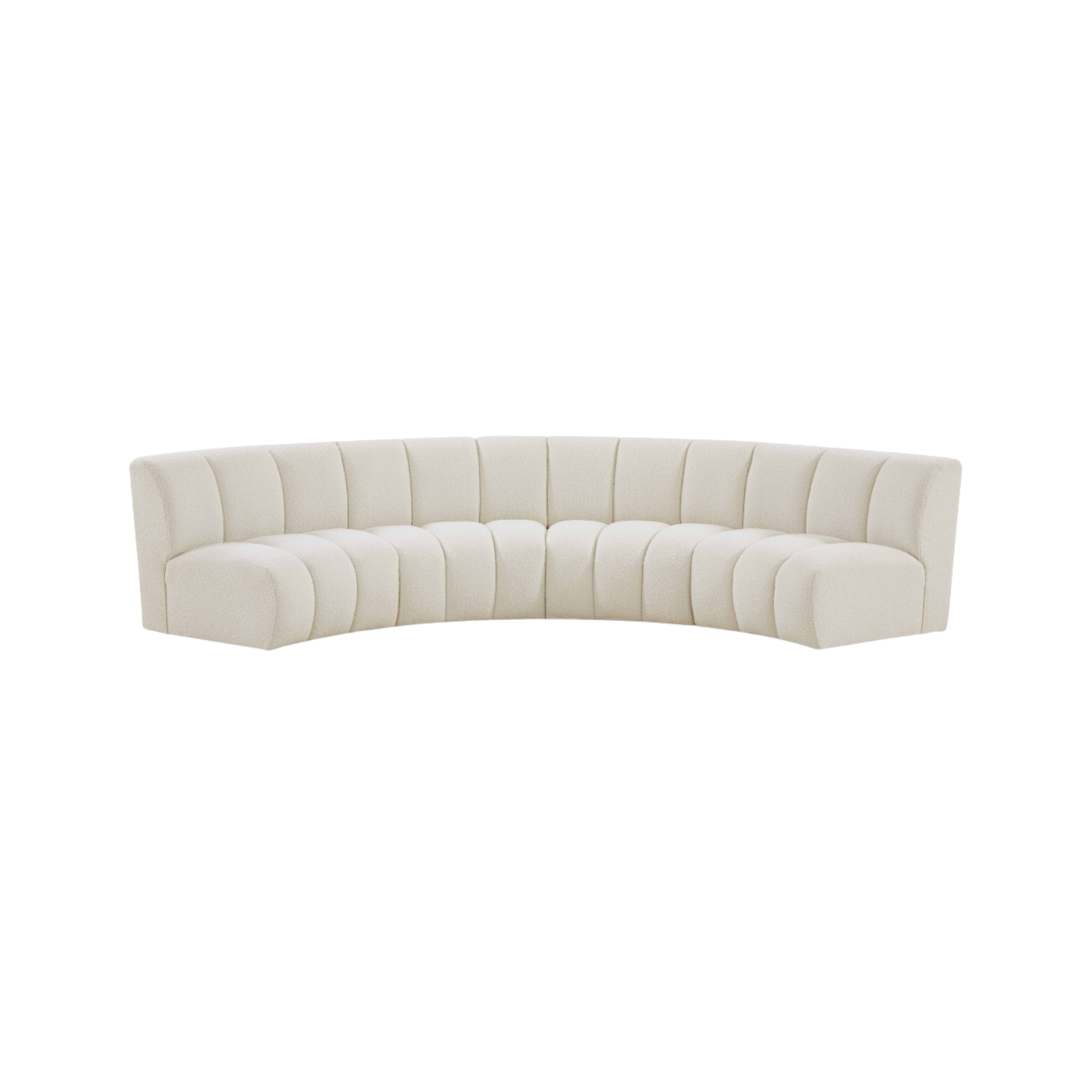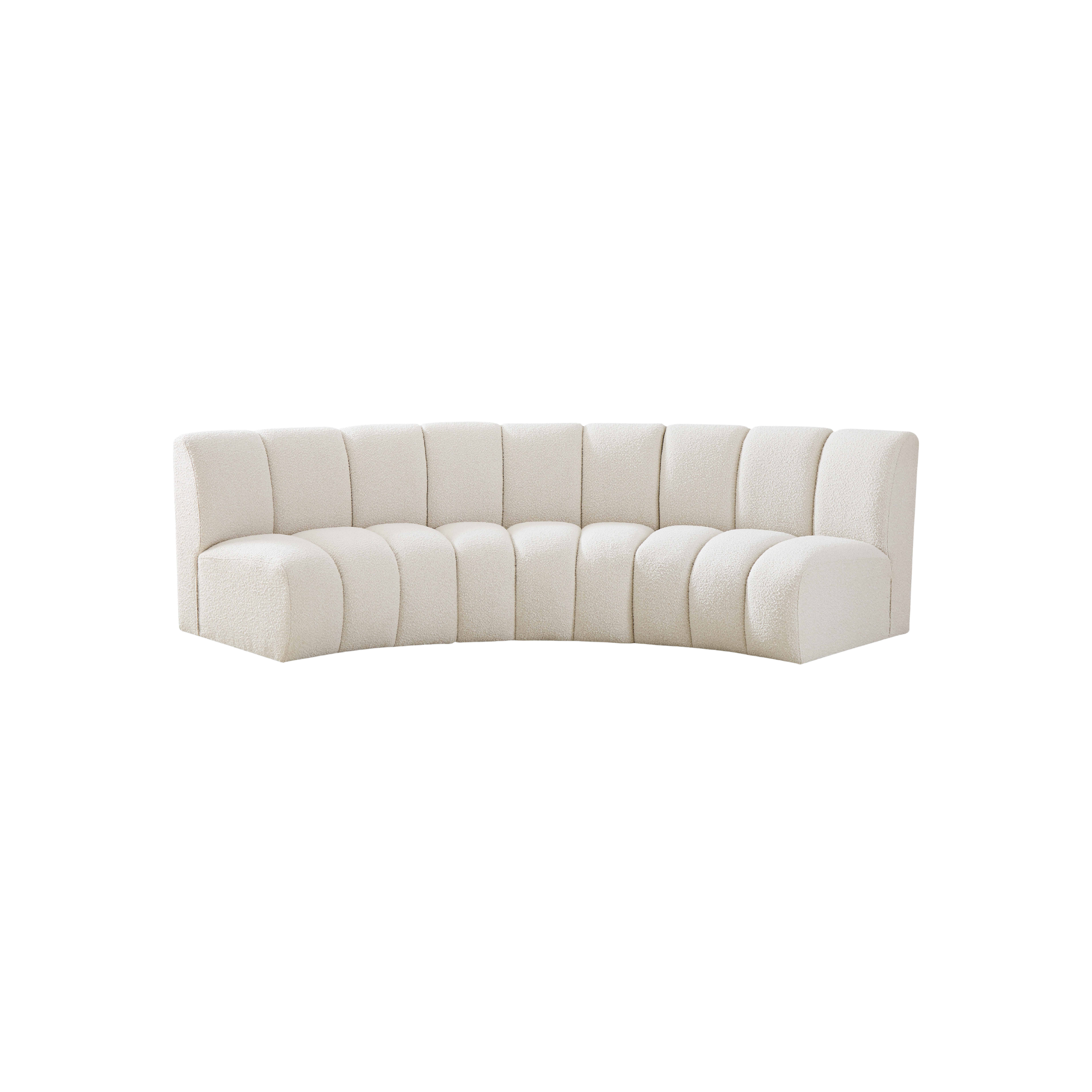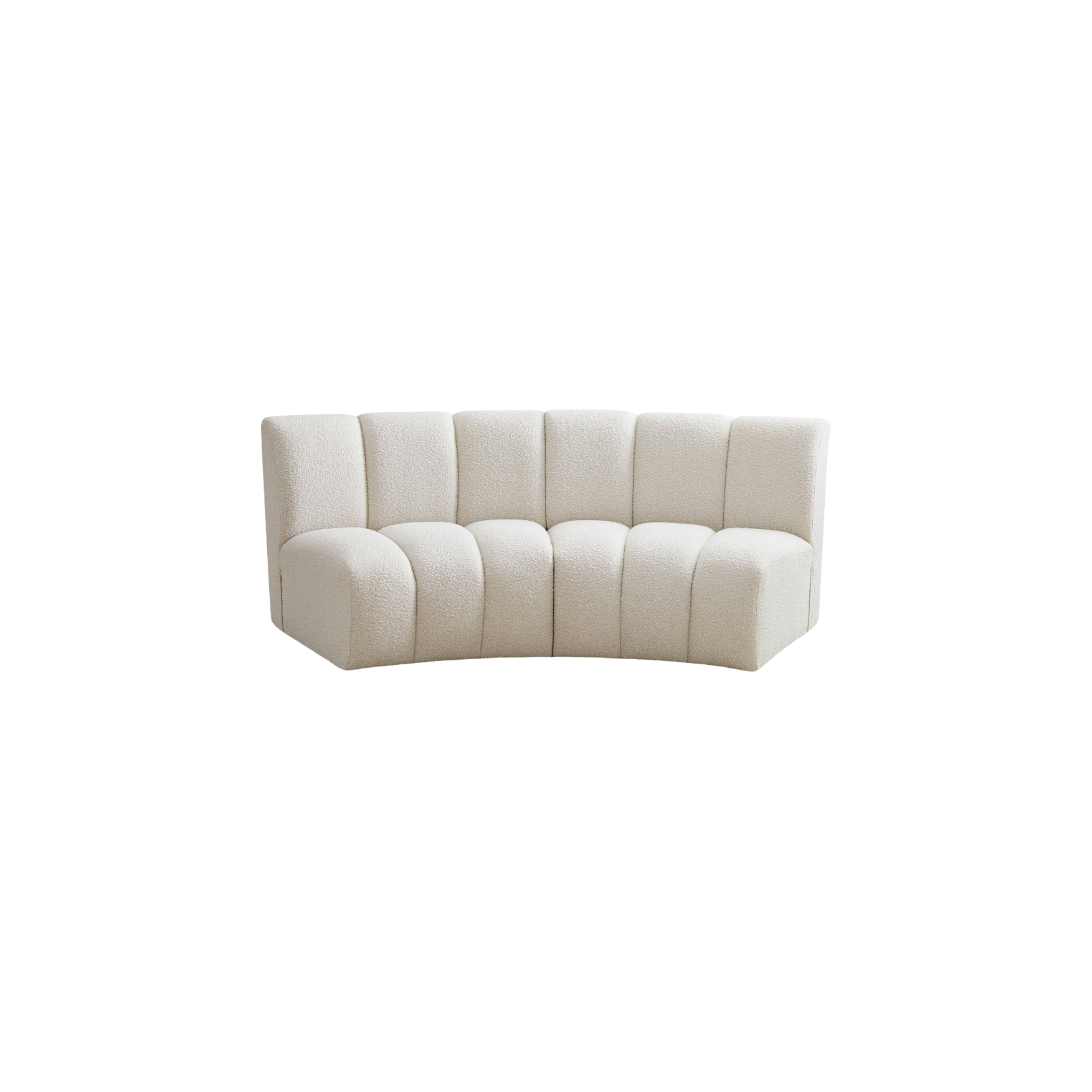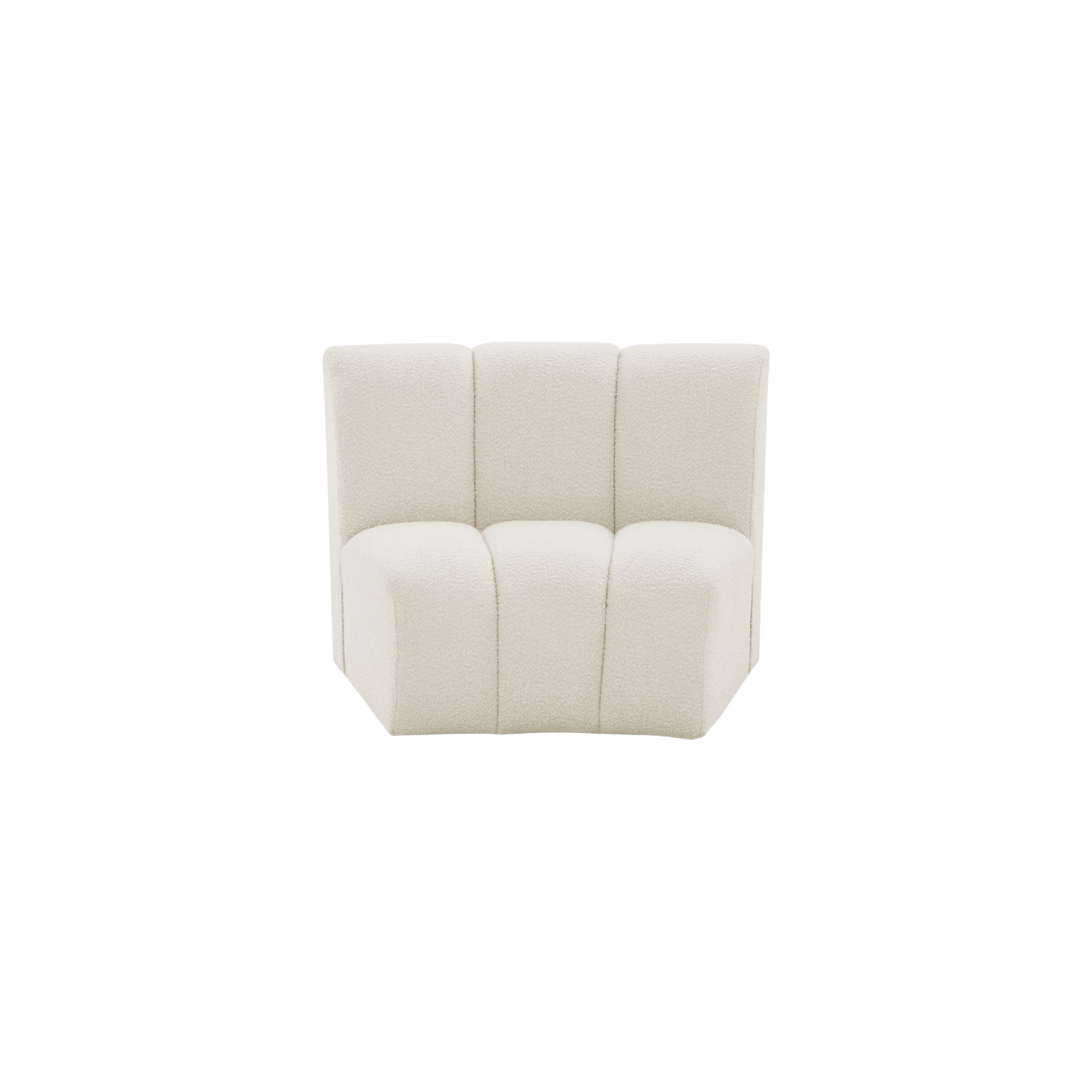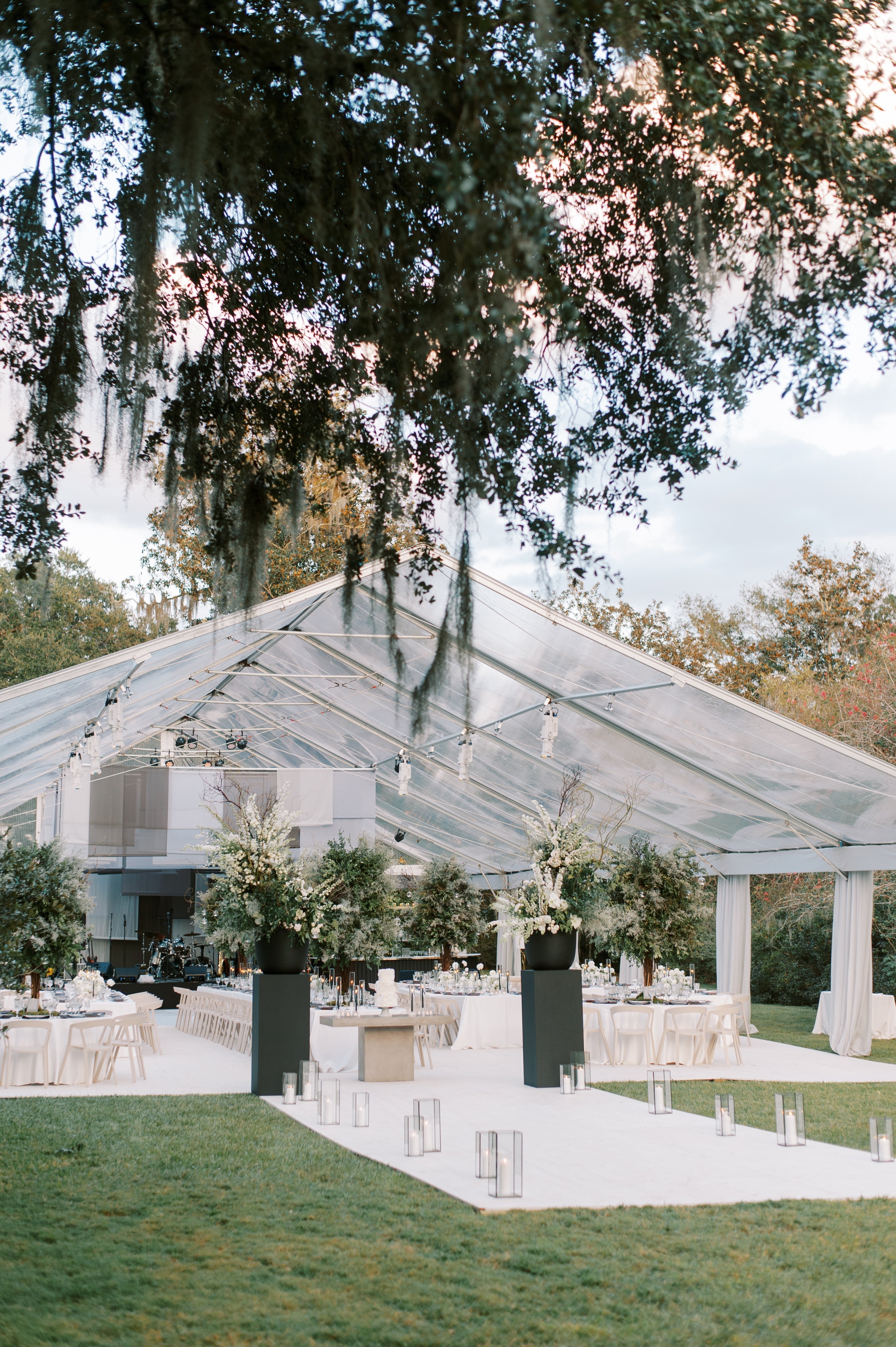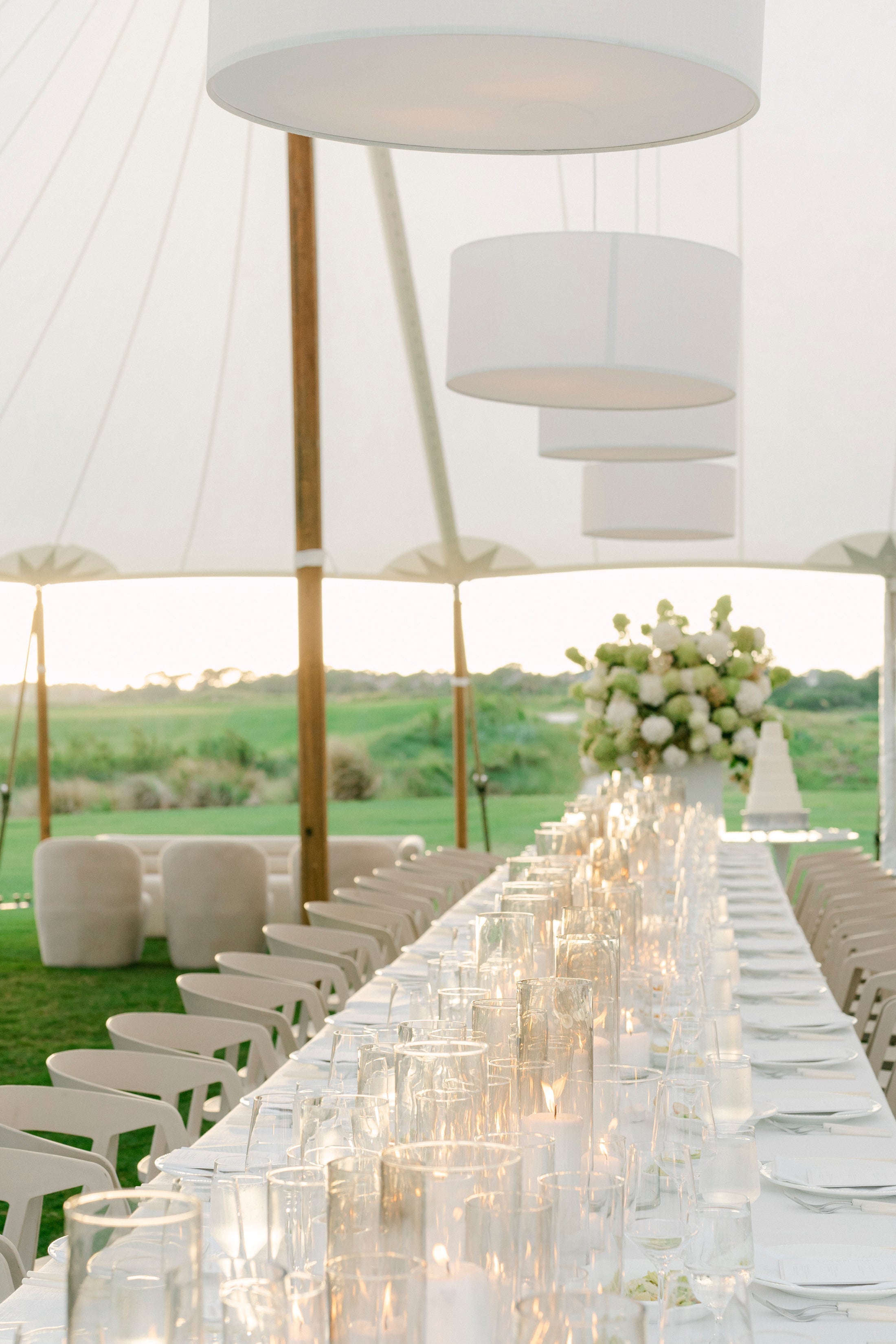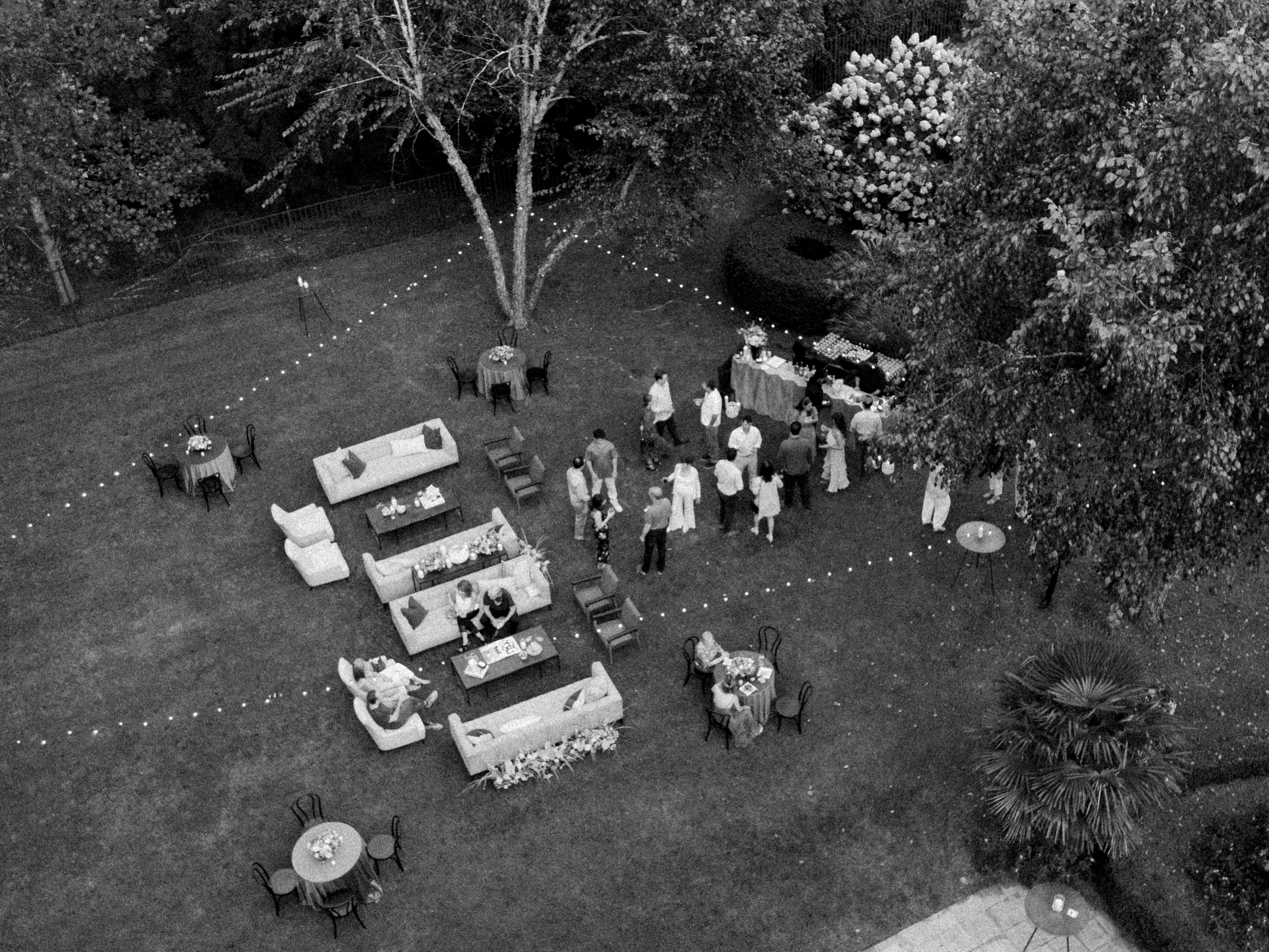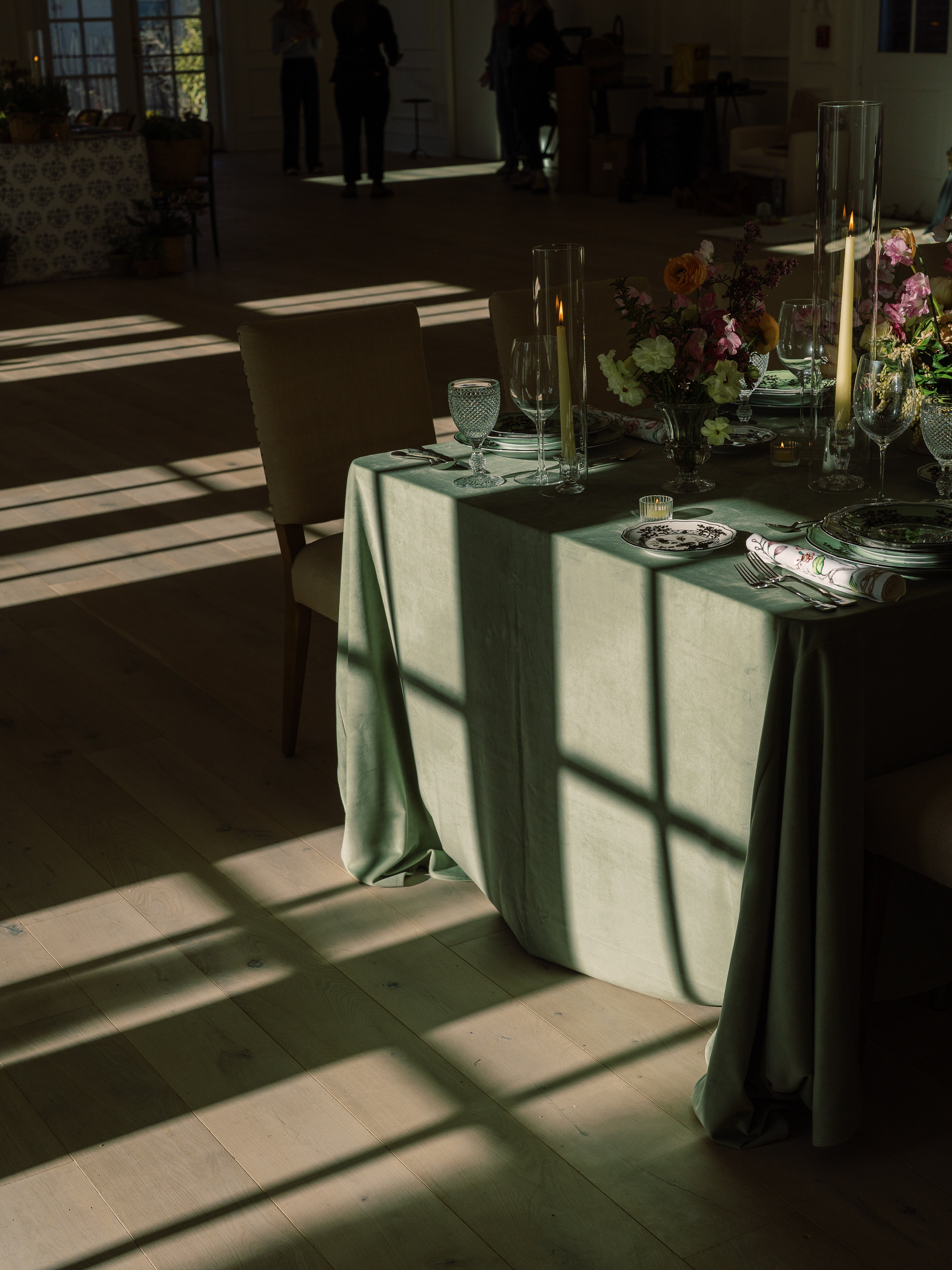How Modular Seating Adapts to Every Style and Setting
Photography: Corbin Gurkin / Planner & Designer: Gregory Blake Sams
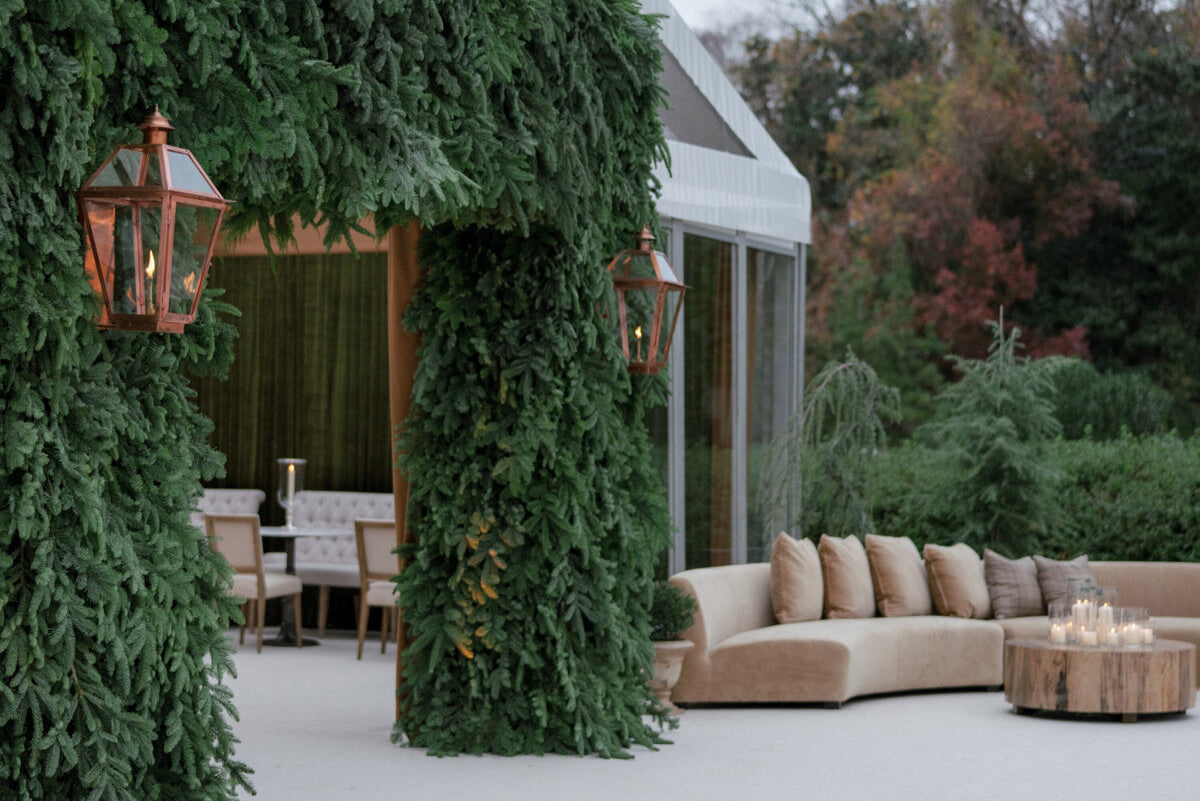
If you've worked with us recently, you've probably noticed we've developed something of an obsession with one particular piece of inventory: the modular sofa. It's sculptural, flexible, plays well with others, and—with just a little direction—can absolutely carry a space.
We've been bringing it to garden parties, product launches, fundraising galas, and weddings. Same piece, completely different energy each time. Here's why modular seating has become one of our most frequently specified design tools—and how it might solve a few problems you didn't know you had.
One Piece, A Dozen Personalities
This is what modular seating does best: it adapts without apology. You can stretch it into long lines for open-plan venues, bend it into an L to anchor a corner, break it into conversation clusters, or use it to define space in a venue that feels a little too floaty.
Think of it as the Swiss army knife of soft seating, except considerably more comfortable and infinitely better looking.
A Visual Reset Without Starting from Scratch
We're drawn to the idea of one piece, many moods. Modular sofas are neutral enough to feel timeless, but the scale and silhouette make them feel intentional. With different textiles, styling details, and layout orientations, the same sofa can go from moody and editorial to warm and romantic without ever feeling recycled.
It's the kind of versatility that makes a planner's job easier and a designer's budget stretch further.
Space-Smart and Statement-Making
One of the trickier challenges in event design is needing furniture that can fill a space without cluttering it. Modular seating does exactly that: sculptural and space-defining, but smart enough to break down for venues with tight load-ins or layout constraints.
If you've ever tried to maneuver a traditional sectional through a 34-inch door frame or pivot around a tent pole, you'll appreciate just how valuable this flexibility becomes.
Built for Flow
Event flow isn't optional. It's how people enter, gather, converse, and move through your space. Modular seating helps create soft stops and natural transitions. Use it to frame a ceremony site, define a VIP area, or encourage organic mingling around a cocktail zone.
We've also been deploying it in open floor plans to create subtle boundaries without relying on hard partitions or bulky structures. The result feels more organic, less "event-y."
It Plays Well With Others
Maybe this is what we love most: modular seating doesn't demand to be the star unless you want it to be. It looks just as considered surrounded by structured pieces and statement florals as it does styled simply with a rug and low table. It can lead or support, depending on what the moment calls for.
Which, honestly, is the kind of versatility we wish more things in life came with.
The bottom line: It's smart, sculptural, and endlessly adaptable. It's quickly becoming one of our favorite ways to ground a space without overcomplicating the process.
If you're curious how modular seating might work for your next project—let's talk.
